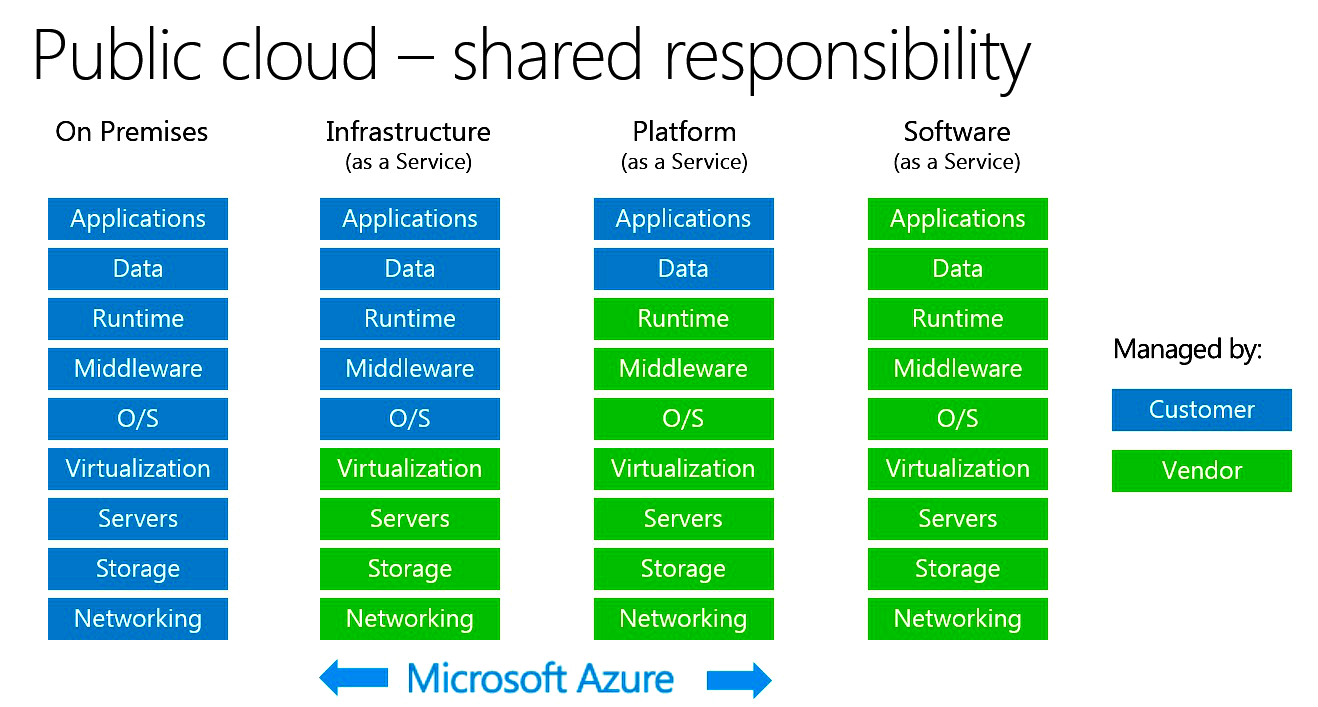Cloud Computing
You have heard lot’s of things about cloud. Let’s understand the each components of the cloud in this page. Also let’s understand how the organizations are implementing various cloud models. Before going further let’s understand about the what is cloud computing is all about. As per the general dictionary definition we can see
“Cloud computing is a model for enabling convenient, on-demand network access to a shared pool of configurable computing resources (e.g., networks, servers, storage, applications and services) that can be rapidly provisioned and released with minimal management effort or service provider interaction.”
The various characteristics of cloud computing is follows:
- On-demand self-service:
The consumer has to be able to provision the service themselves without any human intervention. The service is provisioned almost instantly. So, an infrastructure using server visualization that needs an administrator to manually provision a new virtual machine is not cloud.Having to wait days to make a service available to the requester is not cloud.
- Resource pooling:
The resources of the cloud provider are pooled and can be consumed by multiple customers. The subset of the pool that consists of storage, processing, and networking is assigned to the consumer and can be
configured when needed/requested.
- Rapid elasticity:
The capacity delivered by the cloud service must easily and quickly be scaled up or scaled down to meet the changes in demand.
- Measured Service (with pay-per-use characteristics):
The usage of the cloud services must be measured and reported on so that the customer and the cloud provider have insight into the usage. It must provide reports that can be used for billing. The pay-per-use characteristic is not a NIST characteristic but seen by Microsoft as essential. In practice, not all cloud providers have a pay-per-use model.
- Broad network access:
The cloud service must be accessible over the network (Internet) and can be accessed using different types of clients (like PC, smartphone, or tablet).
Cloud computing services can be categorized into three service delivery models:
• Software as a service (SaaS)
• Platform as a Service (PaaS)
• Infrastructure as a Service (IaaS)

The above image represents each components of the Azure public cloud and it’s very easy to understand.
Cloud deployment models
The most commonly used cloud deployment model is public. A public cloud means the service is run by an organization that is not a part of the organization to which the consumer belongs. The business objective of a public cloud provider, in most cases, is to make money. Another characteristic of a public cloud is that it is open to
multiple consumers. This so-called multitenant usage is offered in data centers that are only accessible to employees working for the operator of the service.
A private cloud is the opposite of a public cloud. Services offered in a private cloud are typically consumed by a single organization. The infrastructure can be locatedeither on premise or in a data center owned and operated by a service provider. The provider of the private cloud service is the IT department. It is also possible that the cloud management is outsourced to a vendor while the IT department handles the governance. A private cloud, in most cases, exists in large organizations that have frequent demands for new IT services. Organizations with a lot of software developers are use cases for private cloud, as developers have frequent requests for new virtual machines.
A hybrid cloud is a combination of public cloud services and private clouds. It is not necessary to have a private cloud in order to use hybrid cloud. A hybrid cloud can be a combination of virtualized, on-premises data centers and public cloud services as well. Hybrid cloud can be done on the IaaS or SaaS level. Hybrid cloud can also be seen as a bridge between the public and private clouds, which enables moving workloads between those deployments based on policy, costs, and so on.